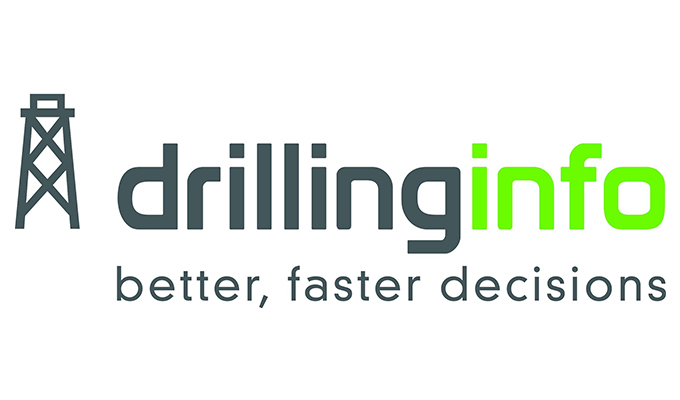Drillinginfo, a leading energy software-as-a-service (SaaS) and data analytics company, has released an interim report covering the dynamics of the natural gas power demand market in the United States. Titled “Gas Power Burn,” this update on fuels used to power the domestic electric market offers a wide-ranging look at the near future of America’s creation, consumption, and distribution of electricity. Below, Rob McBride, senior director of market intelligence at Drillinginfo, elaborates on the report’s findings and what it means for the power generation industry.
MPT: When making forecasts for such a diverse market, how important a role does “Big Data” play?
Rob McBride: While no one can predict the future—or the weather—our modeling is projecting a glimpse of how renewables will affect power burn in the United States. From forecasting out a year in advance, to next-day load forecasts, we’re finding utility operators, power marketers, and other power buyers are tapping machine learning technology to obtain accurate, actionable information. When it comes to load forecasting, accuracy matters.
MPT: What are some of the data points the report considered?
Rob McBride: The report draws from historical data related to time of year, weather, and traditional power use. For example, during the summer months, natural gas demand from the electric power sector makes up a larger share of total domestic gas demand compared to winter. Last summer, power burn represented 49 percent of the total gas demand consumed in the United States.
While winter heating demand from the residential and commercial sectors is very price inelastic due to a lack of substitutes, summer cooling demand from the power sector is price sensitive. Grid operators have the flexibility to respond to changes in the pricing of input fuels by substituting coal and gas for each other.
MPT: Big picture, what does your updated report find for energy market in the coming years?
Rob McBride: The share of total power generation attributed to gas has been growing over the past several years due to changes in infrastructure, most specifically additions to power plant fleets fueled with gas and added gas transport capacity.
As the report indicates, that could change as a number of wind and solar projects are slated to come online over the next five years. From 2019 to 2020, if all wind and solar projects come online as expected, and run at 100 percent capacity, wind and solar power generation will displace 1.42 Bcf/d of gas demand for power burn.
MPT: What were some of the other key takeaways from the report?
Rob McBride: The share of total power generation attributed to natural gas has been growing over the past several years due to changes in infrastructure, most specifically additions to power plant fleets fueled with gas and added gas transport capacity. Also, power burn represents almost 50 percent of the total gas demand consumed in the United States during the summer months.
In 2019, demand for power during May-August is expected to average 35.2 Bcf/d. Warmer weather, similar to the summer of 2011, will cause gas demand for power burn to exceed 2018 and reach 36.5 Bcf/d. However, having a cooler summer similar to 2014 will cause weak power burn demand, taking power burn down to 34.0 Bcf/d.
End of injection season storage inventories will be greatly impacted by summer weather. Warmer temperatures will cause higher power demand and less gas going into storage, while cooler temperatures will do the opposite. Drillinginfo analysts expect storage inventories to end the injection season between 3.6 Tcf and 3.7 Tcf.
MODERN PUMPING TODAY, July 2019
Did you enjoy this article?
Subscribe to the FREE Digital Edition of Modern Pumping Today Magazine!



